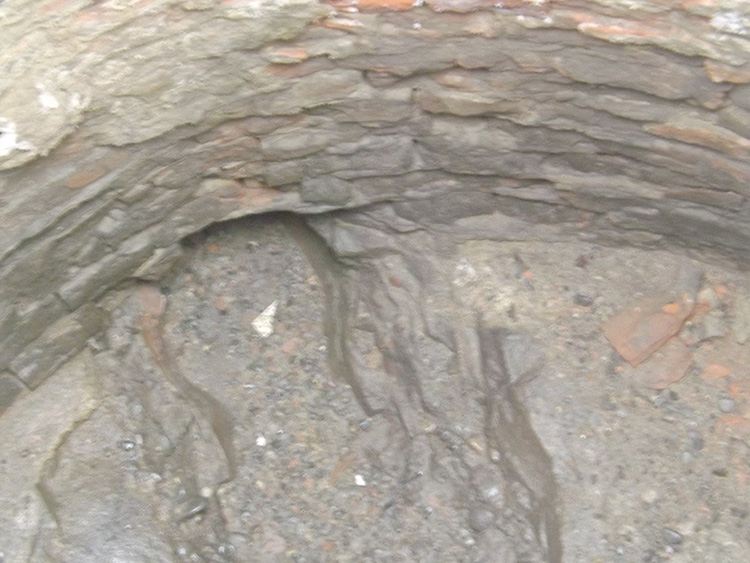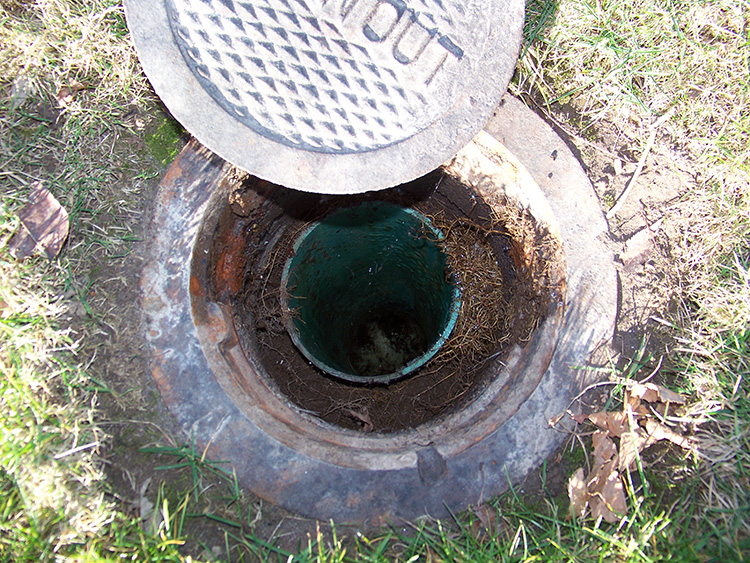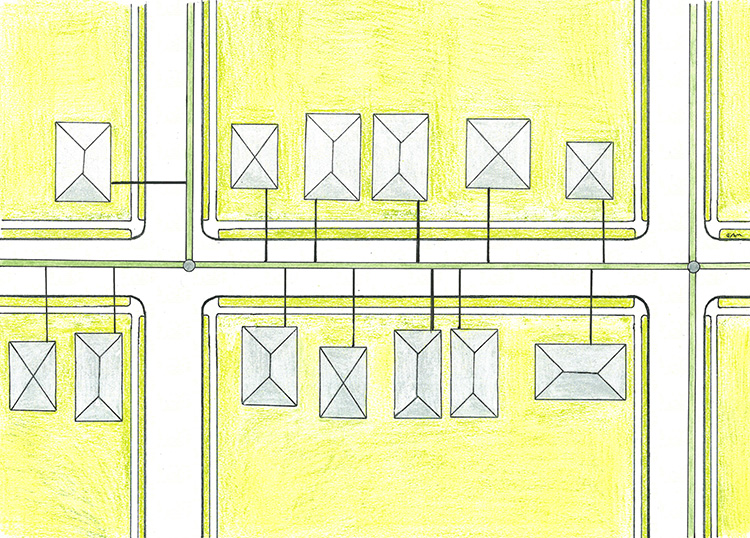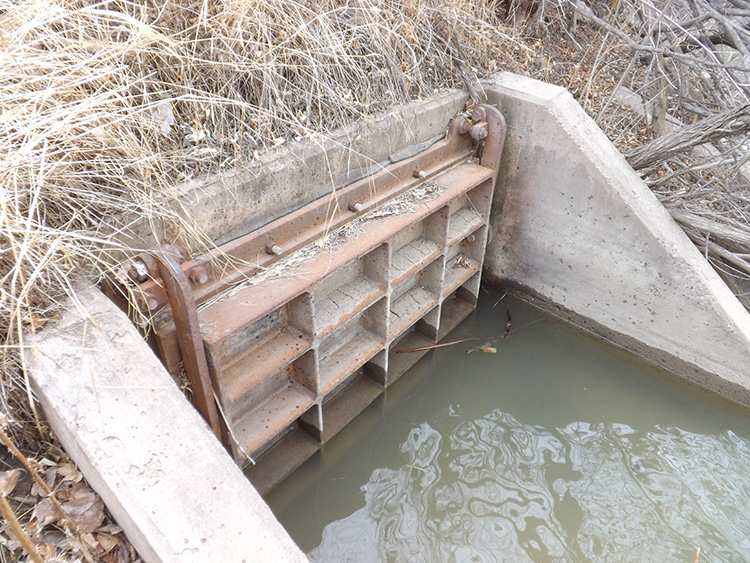INTRODUCTION
Storm Sewer is the water gathered off of the streets and parking lots and even overflow from fields. Sanitary Sewer is the water and solid matter that comes from toilets, sinks, showers, and washing machines. So, storm water comes from the outdoors while sanitary sewer comes from indoors. The two systems both operate in a similar way, just opposite of other utilities. Instead of delivering a utility, they remove it.
Storm water is typically dumped directly in to the nearest river or lake, though often with small Water Quality Inlets (WQIs) in the drain inlets to clear a portion of the oils and other pollutants first. Sanitary sewer is typically directed to a treatment plant first before being dumped in the river.
Combined Sewer was common in the 1800’s, but they were no longer allowed beginning in about the 1930’s. Sanitary sewer has a standard peak flow each day, but storm sewer, of course, is unpredictable. In the old combined systems, a massive rainfall produces overflow of both. So, storm and sanitary overflow to the nearest river.






























































